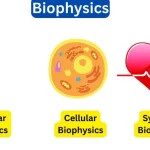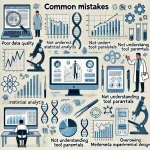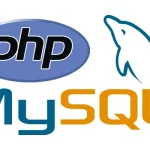
How to Land a Bioinformatics Job in 2024: The Ultimate Guide
September 17, 2023The Complete 2024 Handbook for Securing a Bioinformatics Career
If the fusion of biology, data analytics, and computational methods catches your interest, you’ve come to the right place. Bioinformatics is a burgeoning sector that has been turning heads lately, and the demand for jobs in this sphere is escalating. In this guide, we provide a comprehensive strategy to help you kickstart your career in bioinformatics.
Unpacking Bioinformatics
Bioinformatics sits at the crossroads of various sciences, aiming to analyze biological data through computational means.
Why It’s a Big Deal
Medical Care: Accelerates the pace of drug development and custom treatments.
Genetic Studies: Helps in understanding genomes.
Farming: Aids in creating resilient crops.
Job Roles in Focus
The bioinformatics sector offers a diversified array of career paths. Let’s examine some key positions.
Data Analyst in Bioinformatics
What They Do: Handle biological data and make sense of the results.
Skills Needed: Proficiency in SQL, R, and Python.
Biocomputational Scientist
What They Do: Craft algorithms and computational models for biological data.
Skills Needed: Strong math skills and programming proficiency.
Genome-Centric Data Analyst
What They Do: Focuses solely on the analysis of genomic data.
Skills Needed: Statistical acumen, machine learning, and a background in genomics.
Necessary Skills and Training
The Toolbox
Coding Skills: Python, R, and sometimes additional languages like Java or C++.
Analytical Software: Familiarity with tools like MATLAB or Bioconductor.
Biological Insight
Cellular Biology: Understanding the basics of DNA, RNA, and proteins.
Genetic Studies: Familiarity with genome sequencing and databases.
Essential Soft Skills
Interpersonal Skills: Effective communication is key.
Critical Thinking: Ability to dissect complex datasets.
Academic Prerequisites
Undergrad or Master’s Degree: Usually in Bioinformatics or a similar field.
Additional Learning: Specialized online courses can be beneficial.
Finding Your Bioinformatics Gig
Web Portals
General Ones: Think LinkedIn or Indeed.
Field-Specific Sites: Like Bioinformatics.org or Nature Careers.
Personal Connections
Events: ISMB or RECOMB are good examples.
Online Seminars: Frequent participation can extend your network.
Direct Applications
Check out companies deeply involved in bioinformatics work, such as Genentech or Illumina.
Resume Tips
Important Sections
Intro Summary: A quick overview of your professional self.
Skillset: Categorized into computational and biological.
Career Timeline: Make sure to spotlight relevant roles.
Applied Work: Showcase projects or publications you’ve contributed to.
Personal Advice
Include a ‘GitHub’ section to display your practical coding skills.
Interview Success Formula
Before the Interview
Technical Review: Revisit algorithms and common tools in the field.
Behavioral Prep: Have answers for questions like “What draws you to bioinformatics?” or “Talk about a complex problem you’ve unraveled.”
The Interview Itself
Be Clear: Precision in your responses is beneficial.
Inquisitive Mind: Pose your questions about the role and company.
Additional Success Strategies
1. Active Networking: Participate in LinkedIn groups, and maybe even write some articles.
2. Continuous Learning: The field changes often; make sure you do too.
3. Stay Current: Follow academic journals and industry news.
Wrapping Up
Making a career in bioinformatics isn’t just about gathering a set of skills; it’s a commitment to lifelong learning and active networking in this swiftly evolving arena. Don’t wait; begin the journey to your dream job in bioinformatics now.
Feel this guide can help someone? Do them a favor and share it on your social networks.
Best of luck in your job search!

















